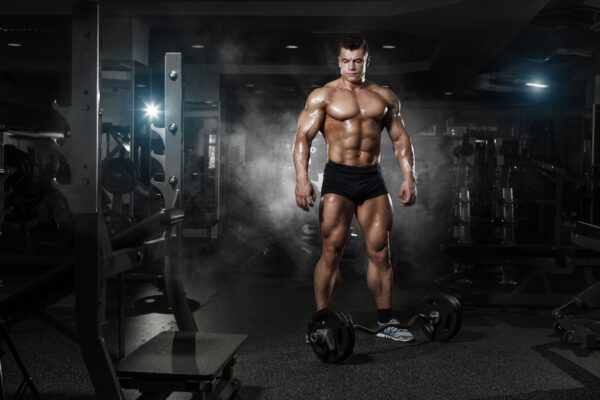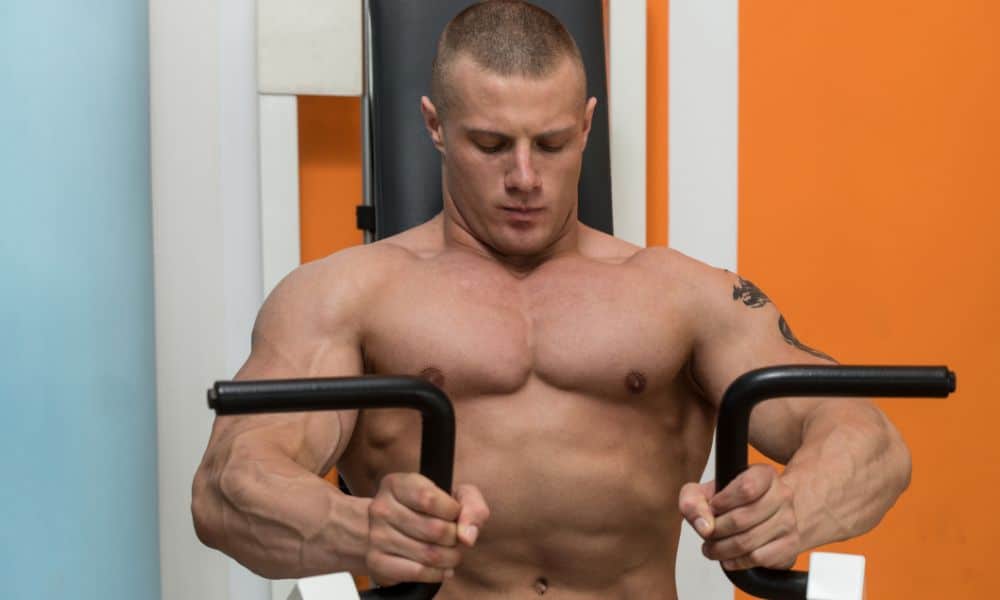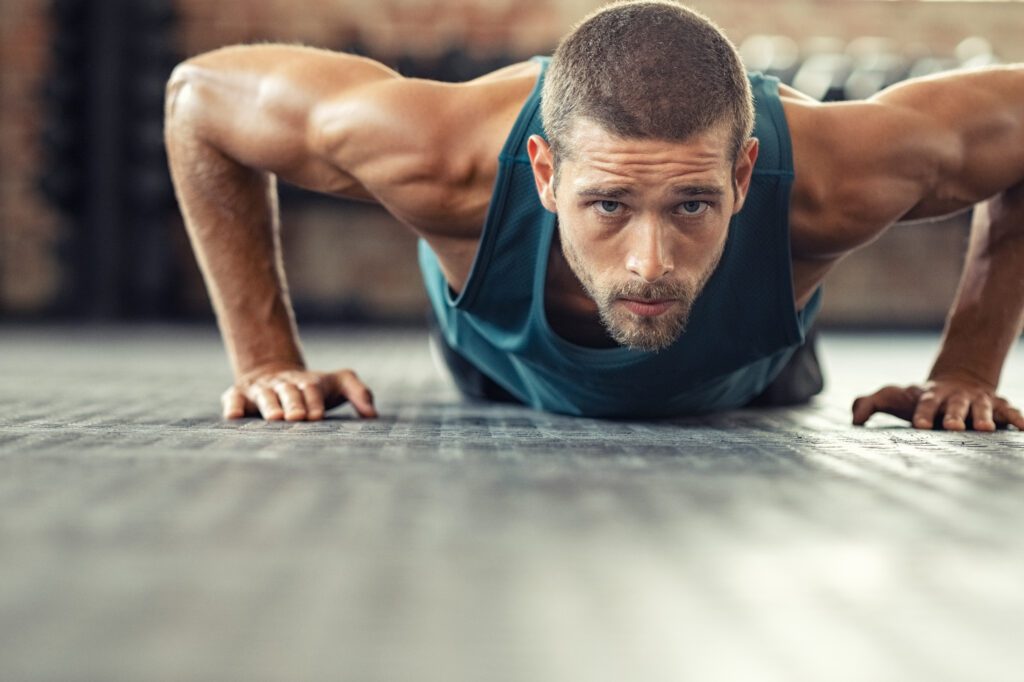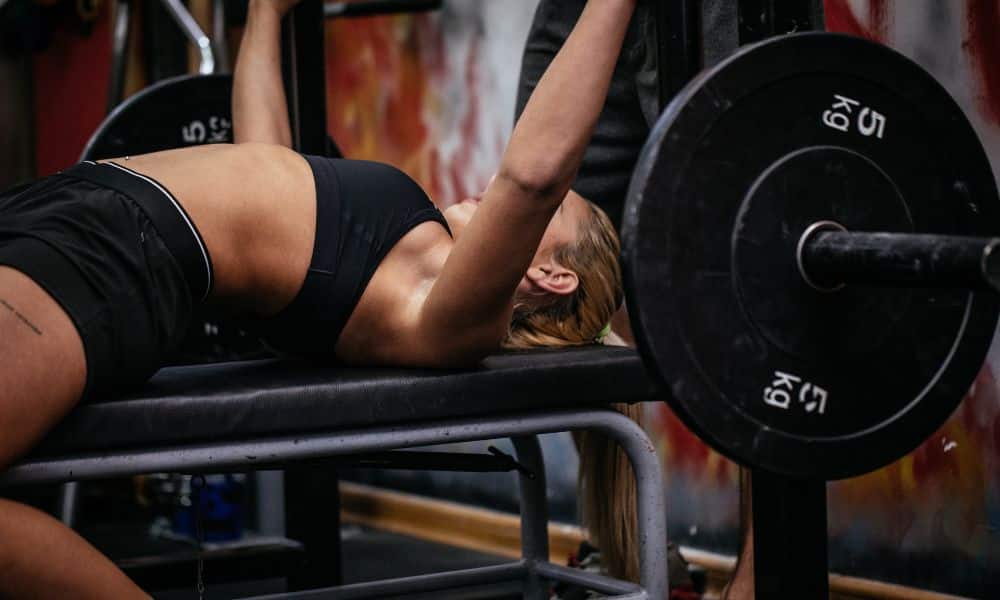How do you use the chest anatomy for better results? To build impressive chest muscles, you must know how the chest works. You can’t leave the results to chance. You will undergo strict training and diet to get the desired chest size.
Besides, the chest allows for pushing movements like barbell bench press and cable crossover flies. However, to get the chest you want, you should know the chest’s anatomy. Keeping this in consideration, in this article, we will explain chest workouts and anatomy.

Muscles of the chest
The chest, scientifically termed the thorax, is between the neck and abdomen, containing the thorax cavity and thorax wall.
However, in this section, our primary focus is on the chest’s anatomy or significant muscles. Four major muscles in the pectoral region exert a force on the upper limb. These include pectoralis major, pectoralis minor, serratus anterior, and subclavius.
Let’s have a detailed look at each of their types and functions.
Pectoralis Major:
It is the most significant muscle in the upper chest and is present beneath the breast. It’s a large, thick fan-shaped muscle contributing to the bulk of the chest. Two major pectoralis muscles are known as “pecs” and contribute most to the chest. It originated from several places, including the clavicular head, sternal end, anterior sternum, and inserts in the humerus’ upper portion.
During weightlifting or other bodybuilding exercises, the chances of injuring the pectoralis major are high and stress the shoulders and chest.
Functions: Pectoralis major is used to control the movement of the arm. The pulling of the pectoralis significantly results in the arm’s lateral, vertical, and rotational motion. It also pulls the trunk forward and upward to help with activities like climbing. Besides, it also facilitates the breathing process by pulling the rib cage.
Pectoralis Minor:
Present beneath its counterpart muscle, pectoralis major, pectoralis minor is much thinner and triangular. Along with the pectoralis major, it forms a part of the anterior wall of the axilla region. It originates from the 5th rib and reaches up to the shoulder blade; although it is small but mighty while also plays an essential role in the shoulder’s movement.
Function: Stabilizing the scapula (shoulder blade) is crucial by drawing it downward and anteriorly against the thoracic wall. Thus, helping to move the shoulder down and forward.
Serratus Anterior:
Originates from the eighth rib serratus anterior from the outer surface is a thin sheet of muscles present laterally in the chest. It forms the axilla region’s medial border and is inserted into the shoulder blade’s medial margin. However, remember that it is not an actual part of the chest anatomy, but we studied it because of its presence near the rib pectorals.
Functions: The serratus anterior’s primary function is to help with the scapula’s forward and upward movement. It allows the arm to raise over 90 degrees.
Subclavius Muscles:
Originating from the first rib, subclavius muscles are triangular. They are present below the clavicle and are present horizontally. It is inserted into the clavicle’s subclavian groove or one-third of the bone’s inferior surface.
Functions: They help to anchor and depress the clavicle. Besides, they provide minor protection to the neurovascular structures in case of clavicle fractures or other trauma.
Exercises to build the chest muscles
The desire to get stronger and bigger muscles leads people to lift weights. However, once you understand the chest muscles’ anatomy, it is easy to understand which lifts can build the chest muscles.
The good news is there are many exercises to build chest muscles. When one says exercises or lifts to build chest muscles, you talk about pectoral muscles or pecs. The chest muscles are fast-twitch muscles that are explosive, quick, and powerful. They respond best to a short burst of power.
However, before starting lifts for the chest muscles, ensure your chest routine comprises a mixture of exercises like the press, pulls, and lifts. Some of the best lifts for the chest muscles are:
- Barbell bench press
- Flat bench dumbbell press
- Cable crossover
- Pec deck
- Pushups
Rest and recovery of the chest muscles
Usually, people get the wrong idea about bodybuilding and gaining muscles. They think they must go beyond their weightlifting limits, work out extremely hard to gain muscles, and rest means losing the necessary time. However, the reality is just the opposite. Resting for athletes and bodybuilders is as important as lifting weights and following strict workout programs.
Remember that rest and recovery are integral to a successful training program. Rest time helps your muscles to relax. Thus, when planning your workout program, use the maximum time to let your muscles rest, relax, and recover.
Secondary supporting muscles
As its name shows, secondary supporting muscles help the body’s principal muscles with movement. In simple terms, secondary supporting muscles assist primary muscles in training.
In the chest, the secondary supporting muscles are the deltoids and triceps. The deltoids and triceps are similar muscles because they have multiple heads capable of increasing the muscles’ range and support.
Workout programs
Following a proper workout program or routine is imperative to get your desired results. You can either develop your workout routine if you are confident or let a professional create your workout routine.
Your workout program will explain which lift you have to do and how many sets and reps to perform. So, for building chest muscles, you can go for popular training programs like HIIT, 5×5 training, German Volume Training, etc.
Final words on the chest muscles anatomy
In this article, we focused on chest workouts and anatomy. Four significant muscles in the chest help with the body’s movement. The secondary muscles that support the chest are the shoulders and arms.
However, to build muscles, and lift weights, follow a proper workout routine, including adequate rest and recovery periods. Compound lifts work best because they focus on the primary and secondary muscles with a natural range of movement that your body is familiar with and respond positively to. If you or someone you know is considering bodybuilding, share this article on Facebook or Twitter so that others can learn more about building muscle.




